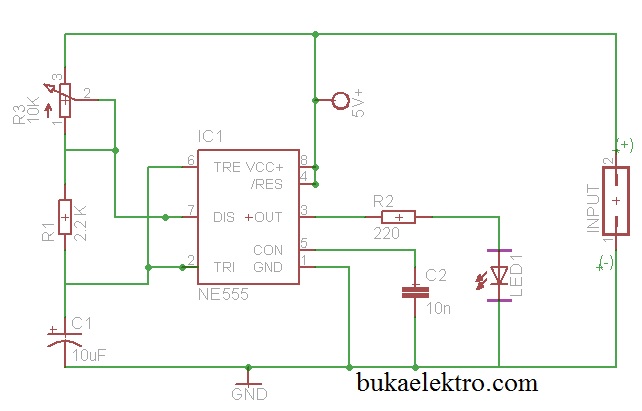
The preeminent example of such complex chips is the microprocessor, the central component of modern computers, which relies on a clock from a crystal oscillator. As ICs become more complex, the problem of supplying accurate and synchronized clocks to all the circuits becomes increasingly difficult. In some cases, more than one clock cycle is required to perform a predictable action. Most integrated circuits (ICs) of sufficient complexity use a clock signal in order to synchronize different parts of the circuit, cycling at a rate slower than the worst-case internal propagation delays. Circuits using the clock signal for synchronization may become active at either the rising edge, falling edge, or, in the case of double data rate, both in the rising and in the falling edges of the clock cycle. The most common clock signal is in the form of a square wave with a 50% duty cycle.


In a synchronous logic circuit, the most common type of digital circuit, the clock signal is applied to all storage devices, flip-flops and latches, and causes them all to change state simultaneously, preventing race conditions.Ī clock signal is produced by an electronic oscillator called a clock generator. In electronics and especially synchronous digital circuits, a clock signal (historically also known as logic beat ) is an electronic logic signal ( voltage or current) which oscillates between a high and a low state at a constant frequency and is used like a metronome to synchronize actions of digital circuits.


 0 kommentar(er)
0 kommentar(er)
